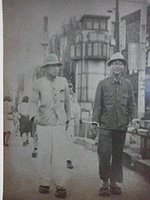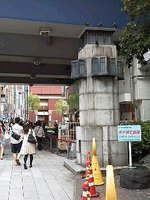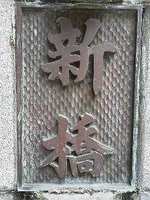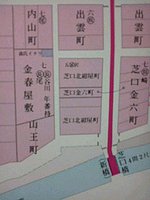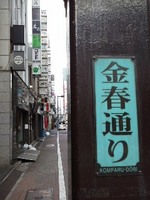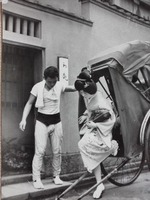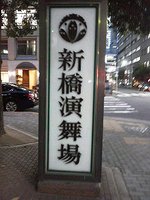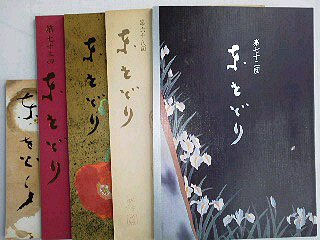The temperature in the morning and evening has dropped a lot, and it has finally become a taste autumn.
Speaking of a town with delicious food, it is Tsukiji, a food town.
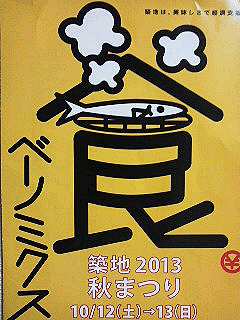
The annual “Tsukiji Autumn Festival” was held on October 12 and 13 for two days, but this year it was “Economic support with deliciousness!”, The theme was “Food Bali's“ Food Banomics ”.
One of the highlights of the event is that you can rent seven wheels at a special venue and bake and eat the ingredients you bought at Tsukiji as they are! That's why the cover of the pamphlet is unique in which the word "food" is reminiscent of the seven wheels.
Even if you know it is delicious to bake with a net, you can't easily do it at home because of smoke.
At the venue where smoke can drop in under sweaty weather, in addition to limited-time premium beer, there are sales booths of delicious Tsukiji shops such as fried eggs of Shoro, Shumai of Koken, steak of Oomiya, etc. Everyone enjoyed the taste of autumn.
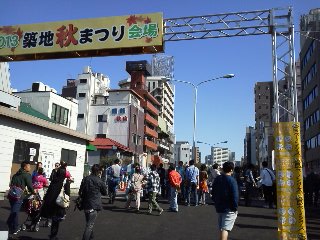
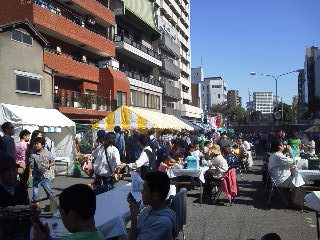
On the 13th, a large line was formed at a booth where saury sent directly from Choshi was baked on the spot.
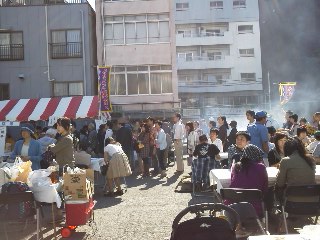
And the other procession was a booth for the "bonito-bushi-shaving" experience.
Some of the children who touched them for the first time have missed them.
It was surprising that the men were also lined up.
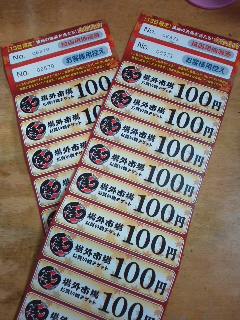
The "shopping tickets" sold on the day can be used at member stores of Tsukiji Outer Market, but they have a ticket worth 1,100 yen for 1,000 yen and up to a lottery ticket of Dai raffle that wins Tsukiji's famous items.
Unfortunately, I didn't win the lottery, but the remaining tickets can be used until October 31st, so I'll come back to shopping soon.
